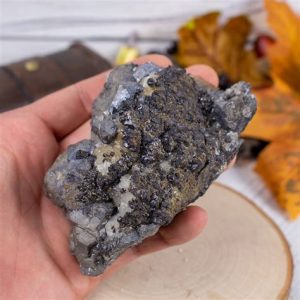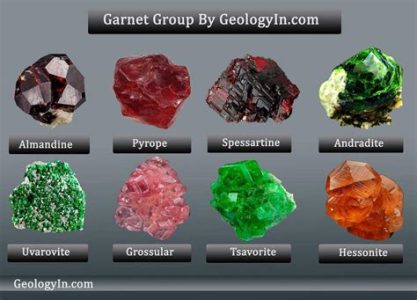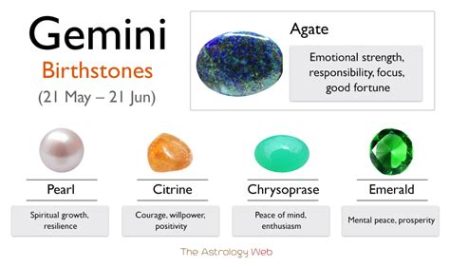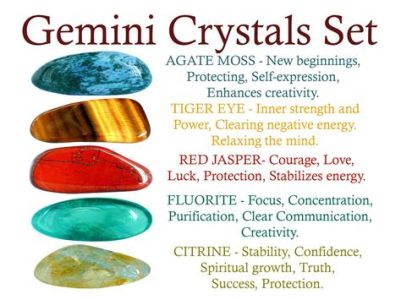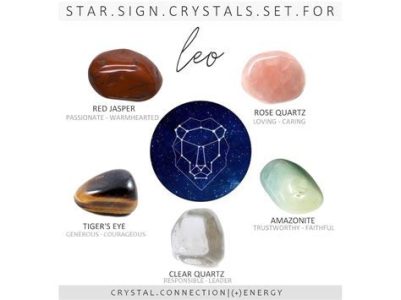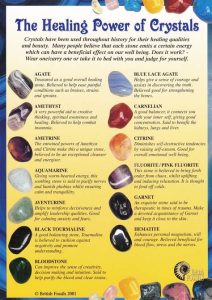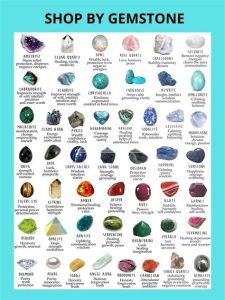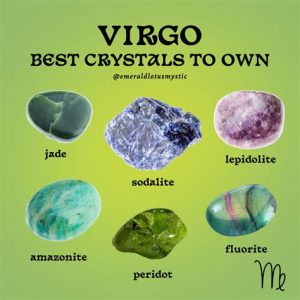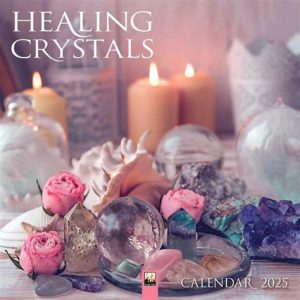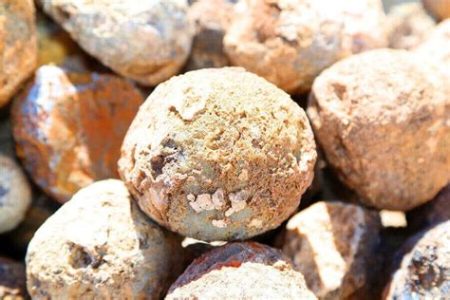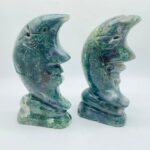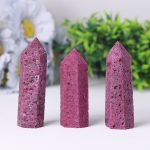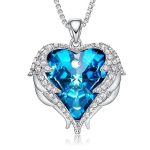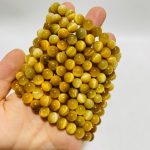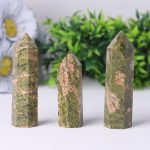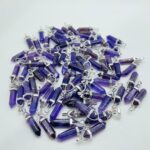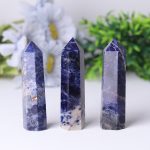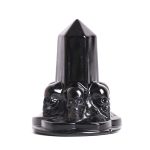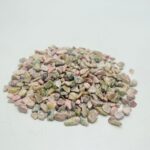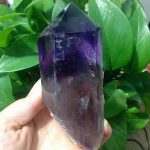Understanding Obsidian Value
Obsidian is a naturally occurring volcanic glass formed when lava cools rapidly. Its unique properties, such as its sharp edges and glassy luster, have made it a versatile material throughout history. However, its value can vary significantly based on several factors.

Factors Affecting Obsidian Cost
1. Quality and Clarity
The quality and clarity of obsidian directly impact its worth. Higher-quality specimens with fewer imperfections, fewer inclusions, and a smooth surface command higher prices.
2. Size and Shape
Larger obsidian pieces are generally more valuable, as they offer more options for carving, shaping, or creating jewelry. Additionally, specific shapes, such as spheres or pyramids, may carry a premium.
3. Color and Pattern
The color and pattern of obsidian can also influence its value. Rare or unique colors, such as golden sheen or rainbow obsidian, are more sought after and thus more expensive.
4. Locality and Origin
Obsidian sourced from specific locations or with a known provenance can carry a historical or cultural significance, thereby increasing its value.
Current Market Prices: Obsidian VS Other Materials
| Obsidian Type | Average Price Range |
|---|---|
| Black Obsidian | $10 – $30 per pound |
| Golden Sheen Obsidian | $30 – $100 per pound |
| Rainbow Obsidian | $20 – $50 per pound |
| Apache Tear Obsidian | $5 – $20 per piece |
| Snowflake Obsidian | $10 – $25 per pound |
VS Other Materials
- Obsidian is generally more cost-effective than jade or gemstones.
- Obsidian is more durable and resistant to scratches than glass.
- Obsidian has similar properties to flint, but it is more abundant and readily available.
Obsidian Pricing Trends: Past, Present, and Future
Past Trends
Over the past decade, the demand for obsidian has increased due to its use in jewelry, healing crystals, and metaphysical practices.
Present Market
Currently, the obsidian market is stable, with prices fluctuating based on quality and availability.
Future Projections
Experts predict a continued increase in obsidian prices as its popularity grows and its supply remains limited.
Applications and Pain Points
Applications
- Jewelry making
- Sculpting and carving
- Metaphysical practices
- Feng shui and crystal healing
Pain Points
- Obsidian can be prone to chipping or breaking if handled improperly.
- The supply of obsidian can be inconsistent, leading to price fluctuations.
- Some consumers may be unaware of the different qualities and values of obsidian, which can lead to potential overpricing.
Strategies for Optimizing Obsidian Value
- Purchase from reputable sources that provide authenticity and quality assurance.
- Choose high-quality specimens with minimal imperfections and smooth surfaces.
- Consider the size, shape, color, and pattern of obsidian to maximize value.
- Research the market and compare prices to get the best possible deal.
- Invest in larger pieces or rare varieties to preserve your investment.
Frequently Asked Questions
1. What is the most valuable type of obsidian?
Golden Sheen Obsidian
2. Is obsidian more expensive than flint?
No, obsidian is generally more cost-effective.
3. How can I spot high-quality obsidian?
Look for specimens with fewer imperfections, a smooth surface, and good clarity.
4. What are some creative applications for obsidian?
Obsidian can be used in mosaic art, creating unique tools, and as a protective talisman.
5. How can I clean and maintain my obsidian?
Use a soft cloth and mild soap to clean obsidian and avoid harsh chemicals or abrasives.
6. Is obsidian considered a gemstone?
Technically no, as it is a volcanic glass.
Case Detail: Obsidian Figurine VS Porcelain Figurine
- Obsidian Figurine: Estimated value of $200 due to its unique shape, high quality, and cultural significance.
- Porcelain Figurine: Estimated value of $100 due to its common shape, lower durability, and wider availability.
Conclusion
The cost of obsidian varies based on quality, size, color, locality, and market conditions. Understanding these factors can help consumers make informed decisions and obtain the best value for their obsidian purchases. With its durability, versatility, and metaphysical properties, obsidian remains a valuable and intriguing material for a wide range of applications.

